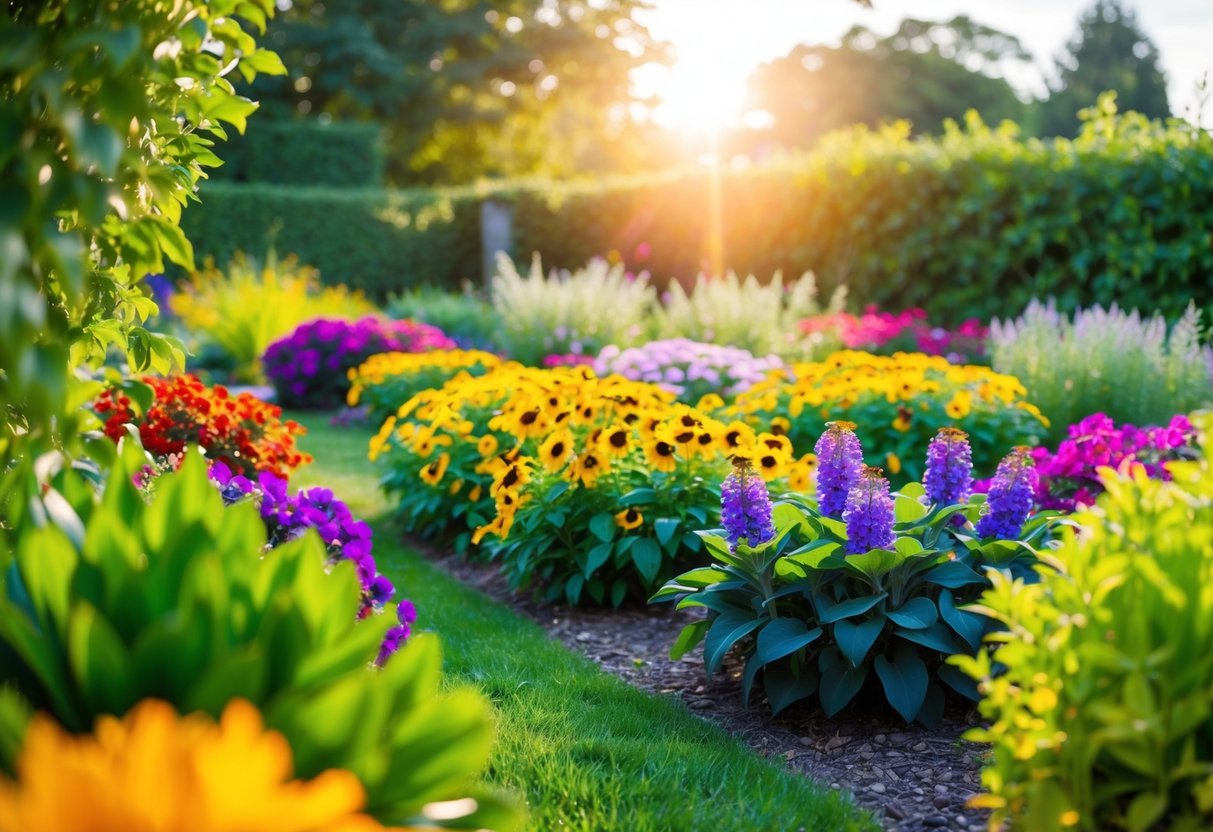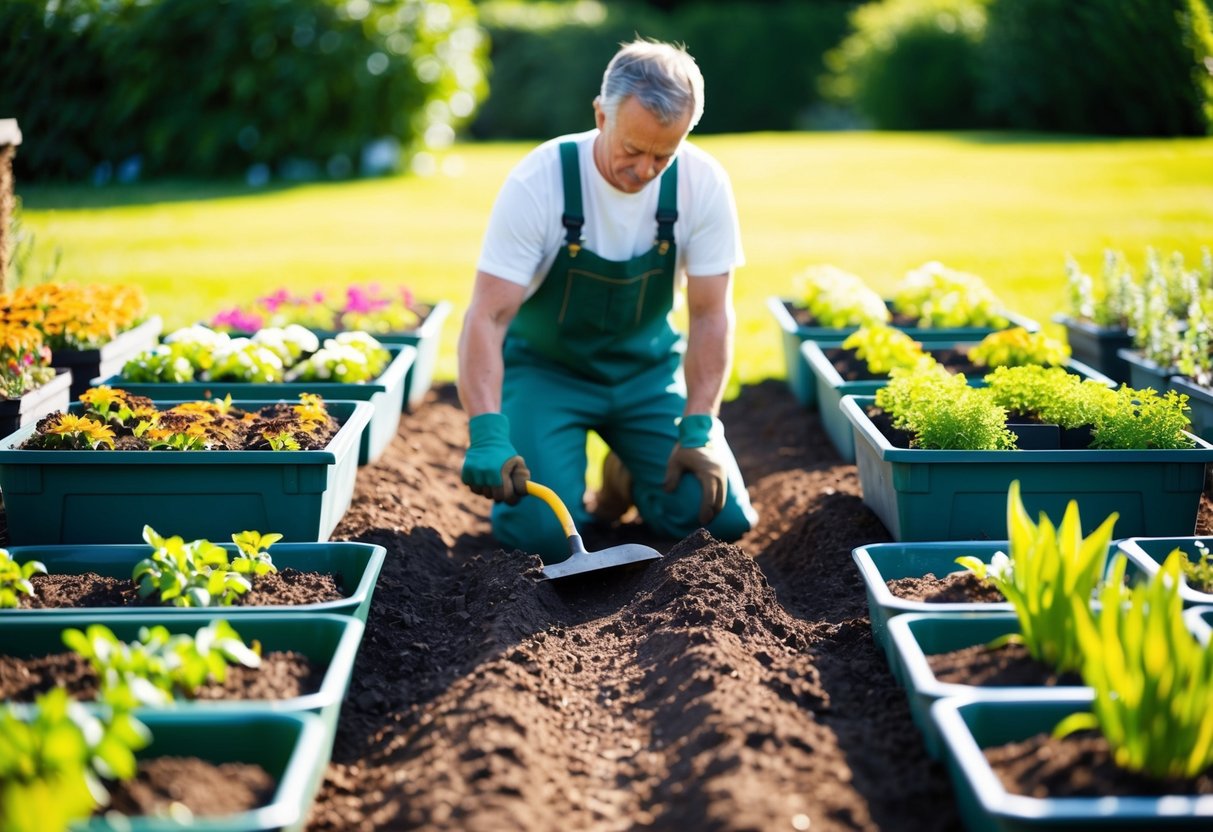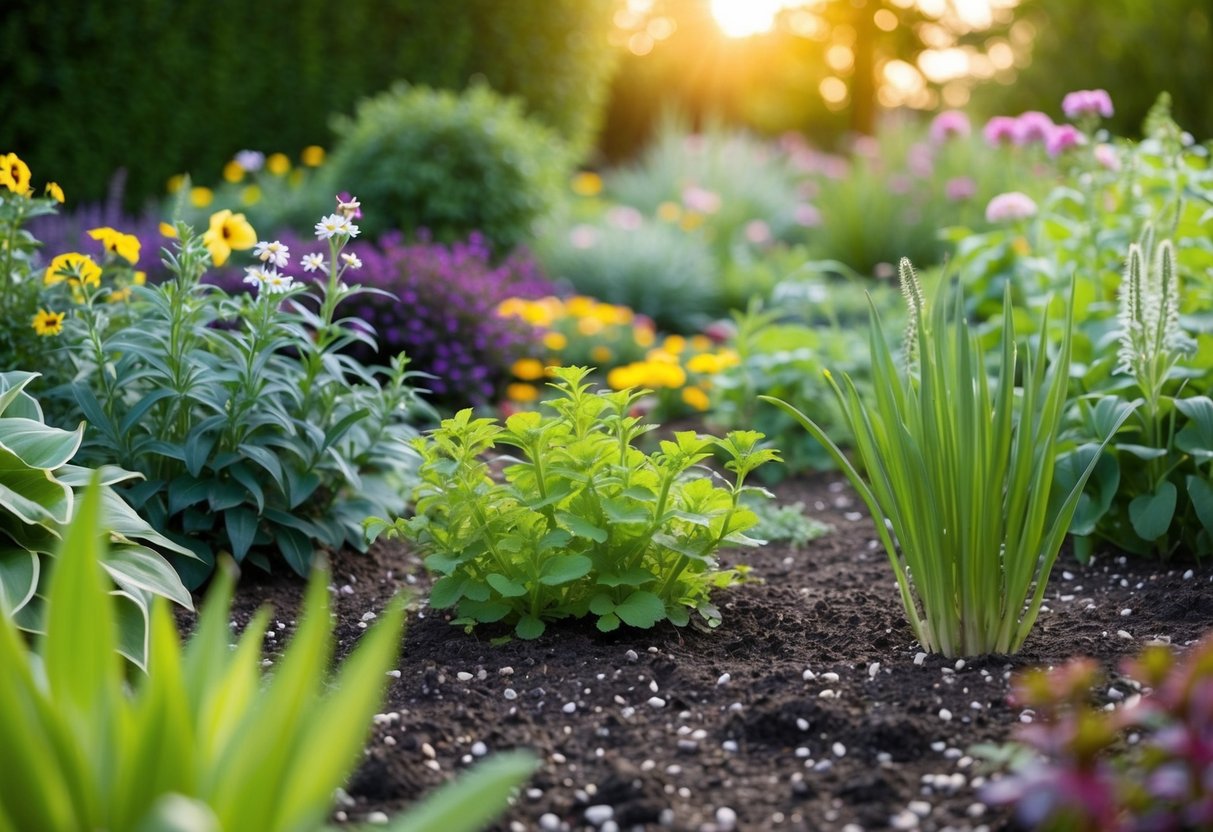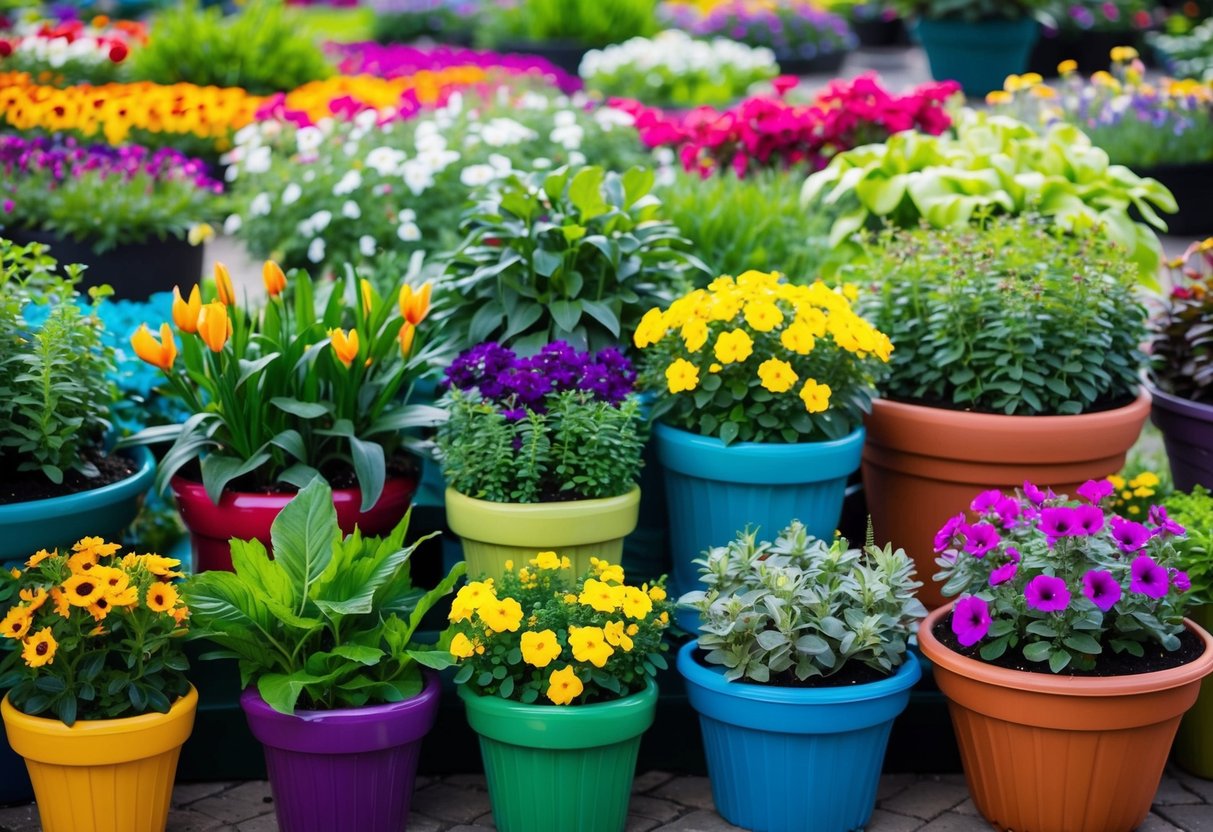Is It Too Late for Bedding Plants? Tips for Planting Success
Wondering if it’s too late to plant bedding plants? The good news is that if you’re aiming for a vibrant garden, there’s still time.
For many areas, May is often the best time to plant your bedding plants safely. This is because the threat of frost usually has passed by then.

Choosing the right time to plant is key to giving your garden the best chance. Make sure the frost risk is over, which is typically by late May for most places.
If you’re in a region with unpredictable weather, consider using a fleece or cloche to protect your plants.
You should also think about the type of plants and their ideal conditions. Some flourish in sunny spots while others prefer shade.
By picking the right plants for your garden’s conditions, you’re maximizing their chances to thrive and bloom beautifully all summer long.
Understanding Bedding Plants

When planting bedding plants, it’s important to consider their type and environment. Knowing whether you’re dealing with annuals or perennials, as well as their ideal growing conditions, will help you achieve a beautiful garden.
Annuals vs. Perennials
Annuals and perennials each have unique features. Annuals complete their entire lifecycle in one year. They offer vibrant blooms but need replanting annually. Examples include petunias and marigolds.
Perennials, however, live for more than two years. After flowering, they may die back in winter but regrow in spring. Roses and peonies are common examples.
Understanding these differences helps you plan your garden’s appearance throughout the year.
Hardy annuals are a special type of annual. They can withstand cooler temperatures and light frost, making them suitable for early spring planting. They’re perfect for extending your growing season without waiting for summer warmth.
Ideal Conditions for Bedding Plants
Bedding plants thrive under specific conditions. Full sun is crucial for blooming annuals and summer bedding plants. Ensuring at least 6 hours of direct sunlight helps them flourish.
For colder months, choose winter bedding plants like violas. They withstand chilly weather and offer color when the days are grey.
For those with limited outdoor space, a greenhouse or conservatory can create a controlled environment. This is especially useful for delicate plants that need protection from strong winds or temperature swings.
Regular watering, well-draining soil, and proper spacing contribute to their success.
Preparing for Planting

To get the best results from your bedding plants, focus on choosing the right soil and compost and ensure proper care for seedlings. These two steps will help your plants thrive and withstand environmental challenges.
Choosing the Right Soil and Compost
When picking soil for your bedding plants, aim for well-draining soil. It prevents water from pooling around the roots, which can cause rot.
You’ll also want soil rich in organic matter, as this ensures that your plants receive essential nutrients.
Adding compost to your soil mix boosts its fertility. Compost not only improves soil structure but also provides a slow-release source of nutrients.
Consider using a balanced fertiliser if your soil is low in nutrients. The fertiliser can be mixed in when preparing the soil, giving your plants a good start.
Pre-Planting Care for Seedlings
Before planting, make sure your seedlings are ready by hardening them off. This process involves gradually exposing them to outdoor conditions. You might use a cold frame to shield them from harsh weather while they adjust.
Check the seedlings daily, ensuring the soil remains moist but not overly wet. If frost is in the forecast, temporarily bring the seedlings indoors to protect them.
This gentle treatment helps your young plants handle the transition to outdoor planting more effectively. With proper preparation, your seedlings will be robust and ready to thrive in the garden.
Timing Your Planting

Timing is crucial when planting bedding plants to ensure they grow strong and healthy. Knowing when it’s safe to plant can help avoid the risk of frost damage and make sure that different species are placed at the right time for optimal growth.
Identifying the Last Frost Date
To protect your plants, you need to identify the last frost date in your area. This date is typically the dividing line between safe and risky planting times.
In many parts of the UK, for instance, it’s usually safe by late May. You can check local gardening resources or weather forecasts to find your last frost date.
Understanding this timing helps in protecting plants like pansies and violas, which are more tolerant to colder conditions, yet still at risk from an unexpected frost.
If you plant petunias or marigolds too early, they might not survive if there’s a late frost. Always plan your planting schedule based on this crucial date to keep your garden healthy.
The Best Time to Plant Different Species
Different bedding plants have varied needs. Primroses, which are quite hardy, can often be planted earlier in the season.
Pansies and violas prefer cooler weather and can also tolerate early planting. However, plants like petunias and marigolds thrive in warmer conditions and should be planted after the risk of frost has passed.
You’ll want to strategically plan when to put each type of plant in the ground. This careful timing ensures your plants are not only safe from frost but also have the conditions they need to flourish.
Checking local guidelines on planting times for specific species ensures you’re giving each plant the best chance to thrive.
Plant Care After Planting Out

Once you’ve moved your bedding plants outdoors, keeping them healthy is key for beautiful growth. Regular watering, effective fertilization, and pest management are crucial tasks you should focus on.
Watering and Fertilization
Watering is essential, especially after planting out. Make sure to provide regular watering, ideally in the early morning or late evening to minimize evaporation.
Bedding plants need steady moisture, but you should avoid waterlogging the soil.
Use a well-balanced fertilizer every few weeks to support strong growth. Fertilizer provides essential nutrients, helping the plants develop lush blooms.
For convenience, consider using slow-release granules which gently deliver nutrients over time, reducing the need for frequent applications.
Dealing With Common Pests and Diseases
Keep an eye out for common pests like slugs which can damage your plants. Hand-picking slugs or using barriers like copper tape can be effective.
Pests aren’t the only worry; diseases like rust can be a problem too. Make sure your plants have good air circulation to prevent rust.
If an infection occurs, remove affected leaves quickly to prevent it from spreading.
Regular monitoring will keep your plants looking their best while minimizing the impact of pests and diseases.
Creative Ideas for Bedding Plant Displays

Create beautiful bedding plant displays with hanging baskets and patio containers. You can mix colorful flowers like violas and fuchsias in hanging baskets. Use plants such as geraniums and verbenas in patio containers.
Innovative Hanging Basket Creations
Hanging baskets can transform any outdoor space with their vibrant colors. Consider using violas and fuchsia as they bring pops of color and are easy to maintain. Nasturtiums add a trailing effect and are perfect for baskets.
For a unique look, mix different textures and colors. You could pair begonias with calendula for a contrast of soft petals and bold hues. Adding a few cascading pelargonium can enhance the visual appeal.
Choosing the right combination of flowers is key. Make sure they have similar sun and water needs. This keeps your basket thriving without extra effort.
Decorative Patio Containers and Borders
Patio containers can be the centerpiece of your garden decor. Use bold plants like geraniums and verbenas. Their bright flowers easily catch the eye and are ideal for small spaces.
Ornamental cabbage adds a touch of beauty with its unusual foliage. Pair it with vivid polyanthus to bring life to your borders.
A mix of tall and short plants can create depth and interest.
Choose containers that complement your plants. Aim for pots that have enough space for growth and drainage holes to prevent overwatering.
Well-chosen patio arrangements can brighten any area and offer year-round enjoyment.







